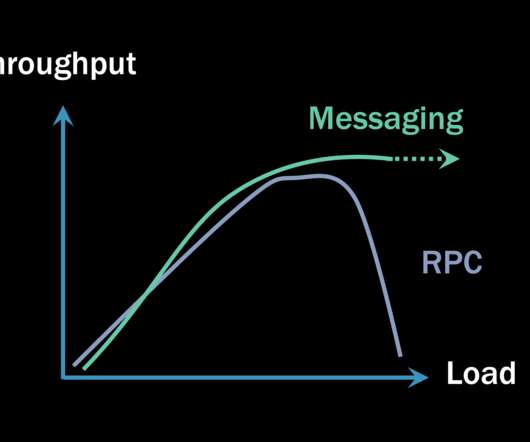Real user monitoring vs. synthetic monitoring: Understanding best practices
Dynatrace
JUNE 27, 2022
Data collected on page load events, for example, can include navigation start (when performance begins to be measured), request start (right before the user makes a request from the server), and speed index metrics (measure page load speed). In some cases, you will lack benchmarking capabilities. Watch webinar now!












Let's personalize your content